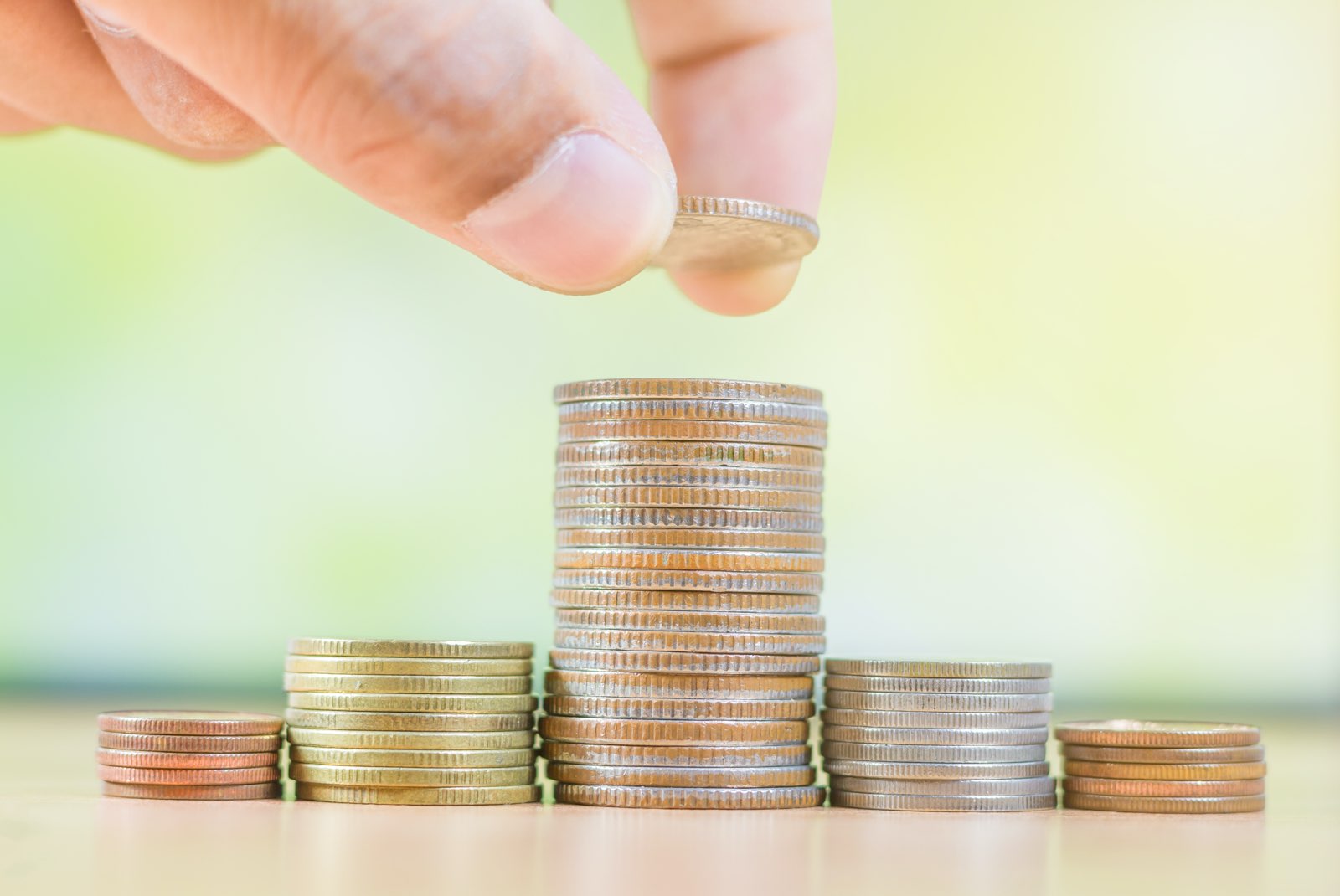Most people understand that spending more than you earn is unsustainable, yet that's exactly what credit cards are hoping you'll do.
Amassing credit card debt is a slippery slope, one made more slippery during a strong economy when people tend to spend more freely than when the stock market is falling. In May of 2019, the Federal Reserve Bank of New York reported that total household debt continued its climb for a 19th consecutive quarter. Payment delinquencies are up, both for younger folks under 30, but also for retirees. Over half of Americans have at least one credit card, and the average credit card balance was over $6,000!
Where To Start?
Staring down a lot of credit card debt can feel insurmountable, especially if you're carrying a balance on more than one credit card account. Understanding your options, as well as some common strategies people have successfully employed to get out of debt will enable you to formulate a strategy for getting out of debt
Plan Your Attack
Having a plan will keep your efforts focused and make it easier for you to measure your progress. Begin by gathering all the accounts you're carrying a balance on, as well as their interest rate (APR) and current minimum payment.
Pay More Than The Minimum
Squeaking by and paying only the minimum may seem like an obvious pitfall, but it's important to understand how it makes paying off your debt more challenging. Most credit cards will calculate the minimum as around 2-3% of the total balance, which will mostly (if not entirely) go towards new interest being generated by your balance. To make any meaningful headway, you will need to exceed this amount when making your monthly payments. Assuming you have enough to meet the minimum for all your accounts, you'll want to put anything else you can towards a single balance – but which one? There are basically two common strategies.

Order Your Balances and Start With One
Once you have your accounts in a list, sort them either by outstanding balance (low to high) or associated interest rate (high to low) and pay them off in order.
The "Snowball" strategy (starting with the lowest balance) taps into the satisfaction you'll feel by getting one of your balances, specifically the one with the smallest balance, to zero. This feeling of accomplishment can be a huge motivating factor, and the sooner you can experience it, the more likely you are to stick with your plan and achieve longer-term success at getting out of debt. In the long run, you'll end up paying more in interest as you delay paying down the balances with higher interest rates, but may be less likely to become discouraged and abandon your plan.
The "Avalanche" strategy (starting with the highest interest rate) encourages you to attack the balance with the highest associated interest rate first, since that is costing you the most, dollar-for-dollar, to carry. This is faster and cheaper in the long run, but if your highest interest rate is also your largest balance, may delay the satisfaction of hitting zero and moving on to the next account. If you are the kind of person who can stick with a long-term goal even if you aren't experiencing any short-term victories, this plan may work better.
Automate Your Payments
Most credit cards will allow you to set up automatic payments so that your minimum balance is automatically paid when it's due, minimizing the risk that you'll incur finance charges for late or missed payments.
An alternative is to set up a recurring payment using your bank's online bill payment feature, though you'll need to make sure that whatever amount you set up doesn't dip below your monthly minimum, which could change. On the flip side, if you're diligent about not using your credit cards until your balances are paid off, your monthly minimum should go down each month – and if you keep making the same payment amount, you'll pay down your balance faster and save money.
Making Additional Payments
Remember, you don't have to wait for your bill to come in order to make a payment. Using any income available to pay your balance will help keep your average daily balance down, which directly relates to how much interest you accumulate, and therefore how quickly you'll be able to get out from under your debt.
Negotiate With Your Creditor
It might seem impossible, but you may actually be able to negotiate down some aspect of your debt to make it more manageable. Better payment terms, such as a lower interest rate or even a smaller minimum payment to avoid incurring finance charges, can be a satisfactory compromise for a creditor if it increases the chance you'll be able to pay down your balance. Explain your situation, and the worst case scenario is that they say no.
Other Ways Out
If you're unable to meet the monthly minimums, it's time to turn to get help. Most of these options come with additional fees and can impact your creditworthiness, but are better alternatives to watching your debt pile up.
Debt Management Plans
Several nonprofit counseling agencies exist which can help you negotiate better rates or consolidate your debt. You may have to pay the agency a one-time or recurring fee, but you'll still come out ahead. If your debt is consolidated, your existing accounts will be closed and you will not be able to open any new accounts for the short term. Your agency will work with you to structure a payment plan that is achievable for you, but generally, if you miss more than one payment, there may be serious consequences, so be sure to read all the fine print and agree to terms that are realistic and achievable.
Debt Settlement
In a debt settlement, you'll work with a settlement company that negotiates with your creditor on your behalf to agree on an amount that is lower than you owe. This comes with many risks, including additional fees and damage to your credit. In addition, the government may consider any forgiven debt to be income, which means you'll potentially owe tax.
Bankruptcy
As a last resort, you may be able to wipe out any credit card debt by filing for bankruptcy, but doing so comes with significant consequences. Filing for bankruptcy is a process that can take years to complete, and will completely destroy any chance you might have at obtaining any credit for many years thereafter. That said, if you've exhausted all other possible options, this may give you the fresh start you need.
The Benefits
For those who are able to make the long, difficult climb out of debt, there are some benefits to be realized, as well as some lessons to be learned.






